What’s So New or Different about STEM?
Probably the first thing you need to wrap your head around as a STEM teacher is this: “What will I be teaching?” When you hear the word STEM, what answer comes to mind?
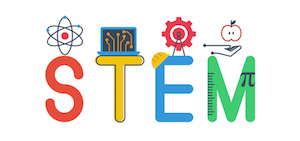
Let’s investigate how we define these four components and their relationship inside the STEM learning model. (Keep in mind that STEM is a handy, easy-to-pronounce acronym but the order of the letters in STEM does not suggest a sequence—as you’ll soon see.)
◆ Science in STEM: Science is the study of the natural world, including physics, chemistry, and biology. In STEM, students connect and apply science principles and knowledge with technology, engineering, and mathematics to tackle challenges we face and to solve real-world problems. This dovetails nicely with the focus in the Next Generation Science Standards (NGSS) on using science and math practices in conjunction with engineering design to solve meaningful problems.
Many science teachers already involve their students in inquiry-based learning and experimenting. So are these science teachers already teaching STEM? Not exactly. In science, students generally conduct an experiment to test a hypothesis—not to engineer a solution for a real-world problem. For example, a science experiment to determine the effects of acid rain on a local crop might yield information about that impact. In a STEM lesson, students might then take that information (which could actually qualify as the research stage of the STEM model) and use it to design a product or process that might lessen the detrimental effects of acid rain.
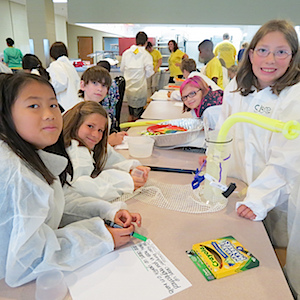
Think about this: What if a fellow teacher is teaching a new technology course in coding? Is she teaching STEM? Well, not necessarily. She may be teaching a skill to be used in a STEM program. Remember, in K–12, STEM subjects are integrated, not taught as stand-alone subjects.
◆ Engineering in STEM: Engineering is a natural conduit for integrating and applying science, math, and technology. In fact, in K–12 education, engineering is the “glue” that integrates those subjects and forces them toward a workable solution. STEM students use engineering practices to apply concepts in science and mathematics for practical purposes—to create products, prototypes, and models that they believe will solve a real problem. STEM students use an engineering design process (EDP) as a systematic, orderly, open-ended way of approaching problems and designing solutions for those problems.
As students work through this process, they learn to consider criteria, constraints, and tradeoffs to reach optimal solutions. A quick Internet search brings up several different EDP graphics, but most of them have these steps in common: define the problem, research the problem, imagine possible solutions, plan the best solution, create a prototype, test and evaluate the prototype, communicate the solution, and redesign to improve the prototype as needed. As the EDP graphic suggests, these steps are iterative and need not occur in a particular order.
◆ Mathematics in STEM: In STEM students use their mathematical abilities and understanding to analyze, reason, and interpret solutions to problems in a variety of real-world scenarios. The Common Core State Standards for Mathematical Practice (CCSSM) focus on abilities such as problem-solving, reasoning and proof, communication, representation, and connections—an ideal blend of skills for STEM learning. STEM provides a venue for students to apply the mathematics they learn to real problems, forever eliminating the age-old question, “Why do I need to learn that stuff?”
To fit into a STEM curriculum, the teaching and learning of math often requires a mind-shift from working in isolation to working in teams; and from working problems to get a right answer to working problems to solve a challenge which does not have one single right answer. While STEM requires a different approach to math than many teachers and students may be used to, it works hand-in-glove with the key shifts described in the eight CCSS Mathematical Practice standards.
When We Teach STEM, We Are Teaching in a New Way
Looking at the four components of STEM leads to an obvious question: “Aren’t we teaching those subjects already?” Science, technology, and math have been a standard part of our curriculum for a century— give or take a decade or so. Engineering coursework even appears in some secondary schools. So what gives?
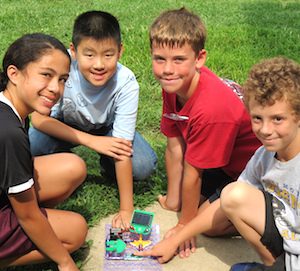
They state: “We must first recognize STEM as a unitary idea, not simply a grouping of four disciplines in a convenient, pronounceable acronym.” The big take-away: Teaching STEM does not mean you’ll be teaching another subject. STEM is, first and foremost, a way of teaching that helps prepare students for learning and working in the real world where they will spend the rest of their lives.
You will be engaging your students in science, technology, engineering, and math as they exist in everyday life—interwoven and integrated. You’ll be focusing students on local, national, and global situations or problems, and this will bring the classroom alive for students and deepen their learning. (I will also refer to these real-world problems as engineering challenges, or simply challenges.)
Your students will be transferring knowledge from one area and applying it in a different context to build their understanding and expertise. They will engage in activities that involve the use of tools and the manipulation of objects. You’ll help them build social skills as they actively engage in team discussion, joint decision-making, and collaborative problem-solving.
This way of presenting STEM is often called “integrated STEM,” or iSTEM. Whenever I use the term STEM in this book, make a mental note that I’m talking about integrated STEM.
From Chapter 1 of STEM by Design by Anne Jolly (Routledge 2017). All Rights Reserved.
Image credits:
EDP graphic: MAEF
Feature image

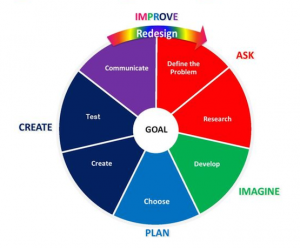
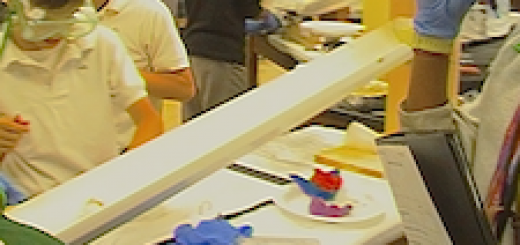
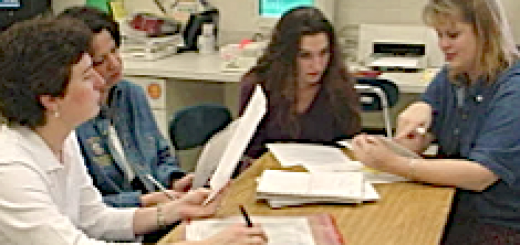
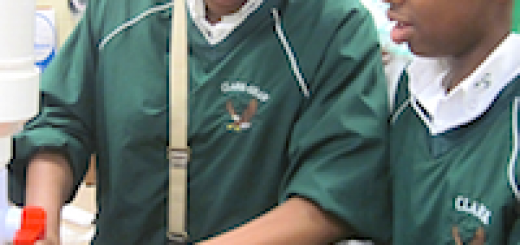



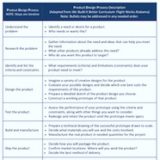
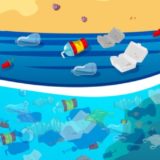
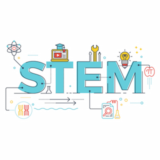
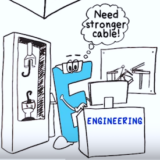
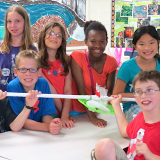

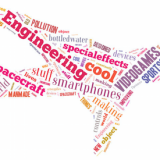
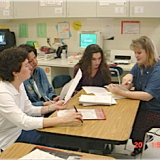

The craze for STEM Learning has now significantly increased in young students. The universities are coming up with various STEM Learning Programs in collaboration with other institutions & researchers.
The STEM Learning Ecosystems have a vast potential to teach the young students in masses. Every year students are applying for these programs in a big number because of the real-time practice and to represent their talents.
This was a good overview.